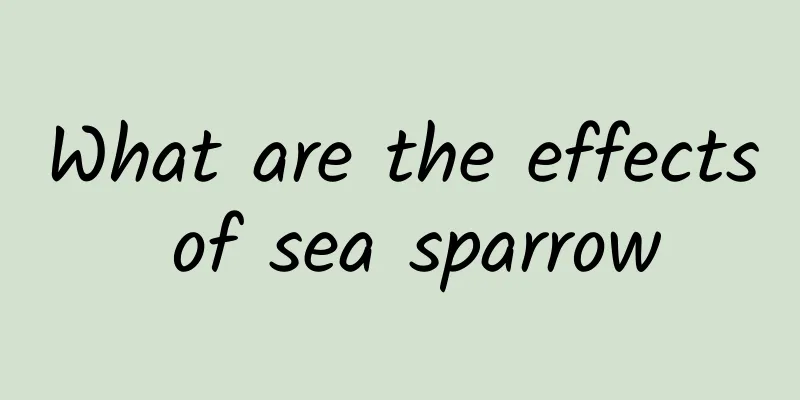What are the effects and functions of grass ginseng?

|
Grass ginseng is actually artificially grown ginseng. It has a relatively high tonic effect. It can replenish qi and the middle, and can also strengthen the body. It is very effective in improving shortness of breath, palpitations, drowsiness, fatigue, or spleen deficiency and poor appetite. 1. Grass ginseng is artificially grown ginseng. Although it is not as effective as authentic ginseng, it is more nutritious than ordinary food and can nourish the body. You can use grass ginseng to stew chicken, duck and other meats. You can eat the meat and drink the soup, which can help replenish qi and strengthen the middle. You can also use grass ginseng together with wolfberry, deer antler, etc. to make wine. Drinking a little bit every day can help strengthen your body. It can also be used as the base for hot pot, allowing people to nourish their bodies while eating it. However, because grass ginseng is a tonic, do not consume it in excessive quantities, as too much is as bad as too little. 2. Grass ginseng can nourish the middle and replenish qi, strengthen the spleen and benefit the lungs. It is used for spleen and lung weakness, shortness of breath and palpitations, poor appetite and loose stools, asthenia and cough, internal heat and thirst. Clinically, it is used for qi deficiency, fatigue, shortness of breath, spleen deficiency and poor appetite, facial edema, and long-term diarrhea and prolapse of the anus. Grass ginseng is similar to ginseng. Ginseng is an important herbal medicine in traditional Chinese medicine. It has a long history of medicinal use and there are many types of it. According to the different types, there are three main categories: wild ginseng, transplanted ginseng, and grass ginseng (artificially cultivated). 3. It has the effects of tonifying the middle and replenishing qi, strengthening the spleen and benefiting the lungs. It is used for spleen and lung weakness, shortness of breath, palpitations, poor appetite, loose stools, asthenia and cough, internal heat and thirst. Clinically, it is used for qi deficiency, fatigue, shortness of breath, spleen deficiency, poor appetite, facial edema, long-term diarrhea and prolapse of the anus, etc. |
<<: What are the effects and functions of Rhodiola rosea?
>>: What are the Astragalus breast enhancement recipes?
Recommend
The efficacy and function of toad skin
There are many types of Chinese medicine. When we...
Delicious medicinal food, different ways to cook wolfberry leaves
Wolfberry is a common Chinese medicine and a toni...
A small gadget that can relieve stress at a low cost. I really recommend you to try it!
Aromatherapy candles, a craft that combines light...
The efficacy and function of Di Chaoyang
Do you know about Sunflower Seedling? It is a com...
The efficacy and function of yellow back grass fruit
There are so many medicinal herbs in the world, a...
The efficacy and function of Bignonia root
Chinese medicinal materials are very common, and ...
Which eight parts are Demi-Gods and Semi-Devils?
This article was first published by Hunzhi (WeCha...
The efficacy and function of reed root
Many people are familiar with reed root, but bein...
How dangerous are “killer bees”? Can they be killed?
When it comes to killer bees, what's the firs...
The efficacy and function of black goose feet [picture]
Do you know black goose foot [picture]? It is a c...
What are the effects of Epimedium and Poria?
In normal life, we often hear many women complain...
Can money grass be taken for a long time? What are its side effects?
Although Centella asiatica has many medicinal eff...
The efficacy and function of rice ball root
Modern medical research believes that rice ball r...
Monkeypox is transmitted between humans, and humans transmit COVID-19 to minks... Beware of the "virus interweaving" between animals and humans
The new coronavirus has not yet subsided, and mon...









